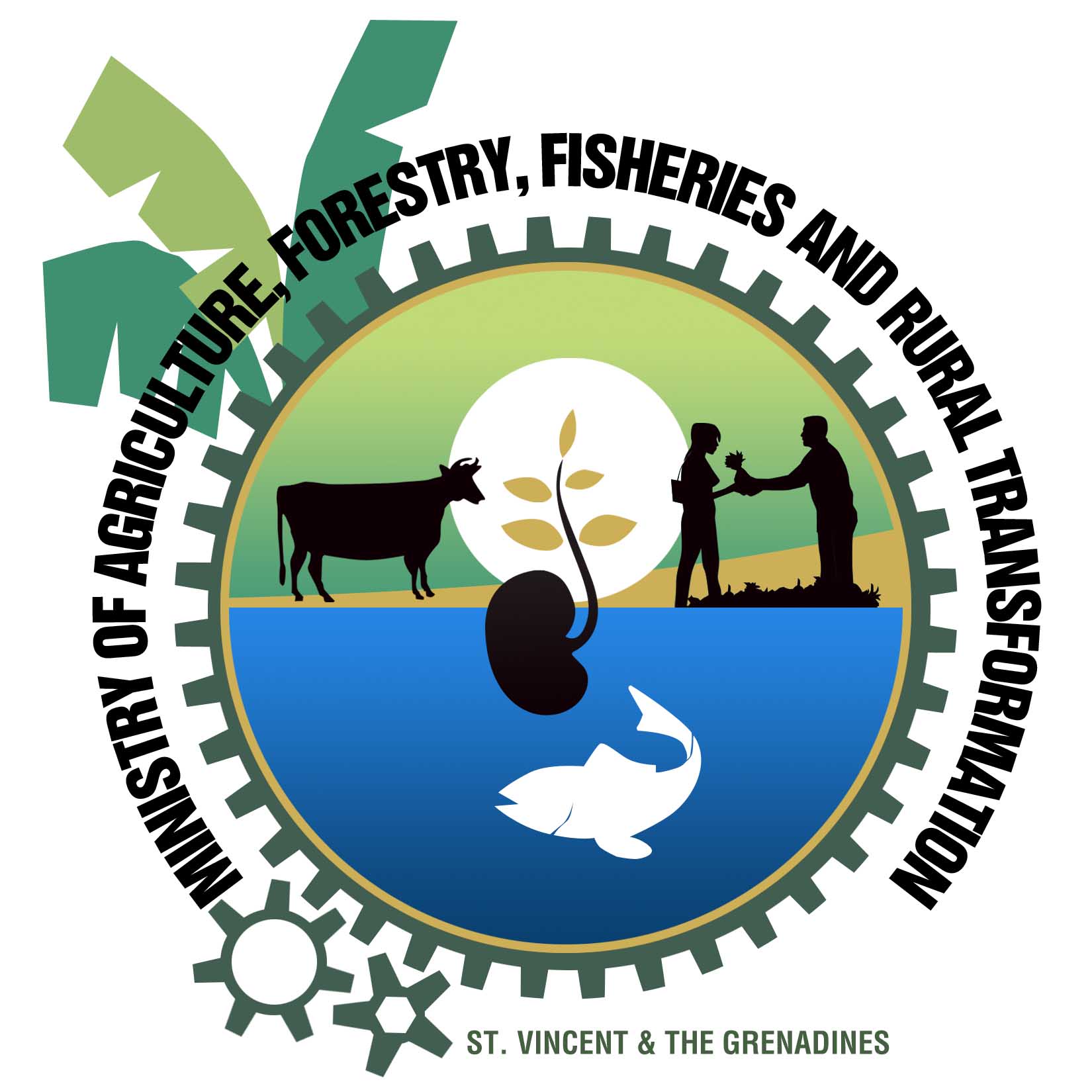Mission
To provide guidance in facilitating the transfer of technology and knowledge by increasing livestock production and preventing the introduction and spread of diseases to animal or man.
Annual Priorities
- Increase rural employment and incomes facilitated by investors in a national broiler industry and processing facility and a livestock industry to empower at least 500 farmers through formation of farmer’s groups and cooperatives.
- Reduce the National Food Import Bill through incentives to farmers to produce selected commodities (with emphasis on choice cuts) under national health and food safety standards with commercial investments.
- Ensuring National and Household Food Security and Wellness through transfer of technology in production stimulus packages to encourage farmers and livestock enterprise on Primary and Secondary school premises with lands to increase production and productivity.
- Promote and implement Good Agricultural Practice, effective disease control programmes through surveillance, health programme and other early warning system for enhancing environmental stability.
Annual Objectives
- To facilitate the engagement of all stakeholders and private sector in livestock policies, strategies and investment programmes.
- To enhance the availability of quality breeding stock for commercial livestock production.
- To develop cost effective and sustainable production systems (broiler, pigs and small ruminants) for competitiveness.
- To institute post-harvest systems to improve existing products and by-products and develop new value added products that meet appropriate safety and quality standards.
- To facilitate the organization of producers into effective working groups.
- To increase the output at the hatchery to decrease the importation of chicken and chicken products.
- To support the disease surveillance network system (Tropical Bont Tick, Tuberculosis, Brucellosis, Salmonella) in St Vincent and the Grenadines.
Strategic Priorities 2017
- Increase the national livestock genetic pool through the provision of improved 495 weaners (300 piglets, 67 small ruminants, 120 rabbits and 8 calves) from the government livestock stations in 2017.
- Provide an efficient artificial insemination service in pigs, goats and cattle to at least 95% of requests from farmers within 24 hours in 2017.
- Provide readily available healthy day old chicks (130,000 broilers and 30,000 layers) from the national hatchery by December 2017.
- Monitor the quality of livestock feed used in poultry production in conjunction with the SVG Bureau of Standards on a quarterly basis during 2017.
- Educate at least 350 farmers in Good Agricultural Practices and commence the implementation and monitoring of SVG GAPs for livestock on all commercial livestock farms in 2017.
- Update and maintain a database of 350 commercial livestock farms in 2017 using geo-referencing & collection of livestock data during 2017.
- Provide technical support to the SVGSRS, Revive the National Poultry association and Formalize the National Cattle Association using 5 district or regional livestock clusters during 2017.
- Conduct at least 5 thematic disease surveillance to ascertain the incidence of animal diseases of economic importance in St. Vincent and the Grenadines during 2
- Conduct weekly field diagnosis through an efficient laboratory support during the delivery of clinical ambulatory services in 2017.
- Respond to 100% of request for import permit and export certificate and monitor the trade in animal and animal products through port surveillance, issuing licenses and advising to all stakeholders during 2017.



